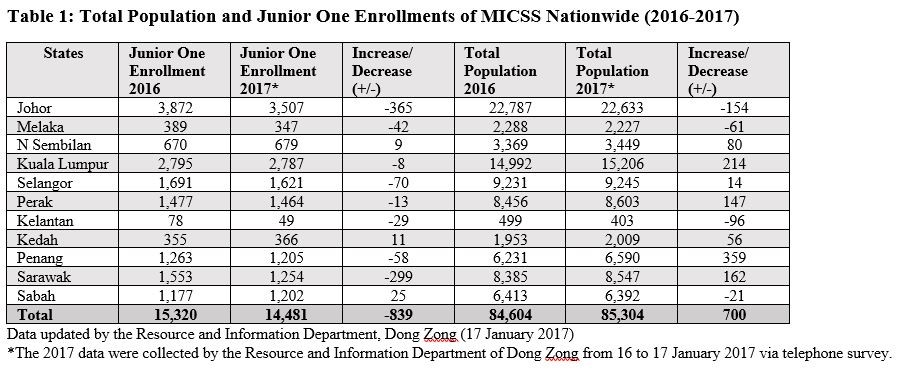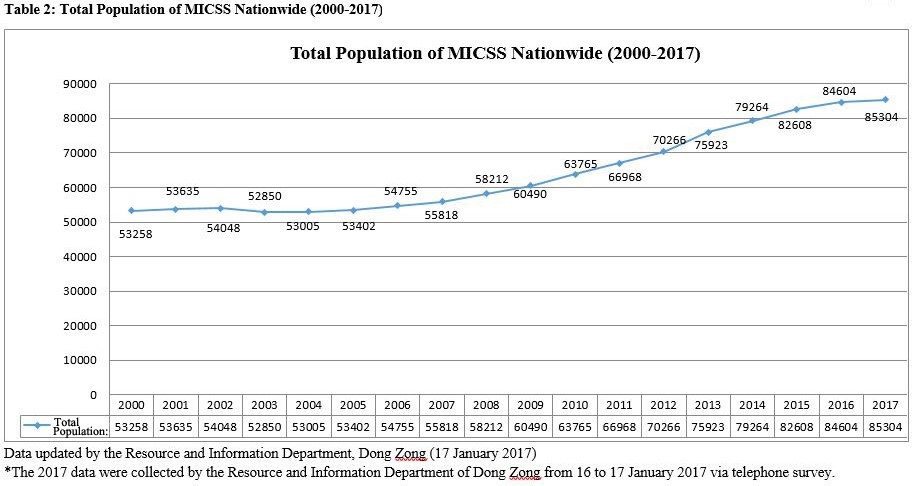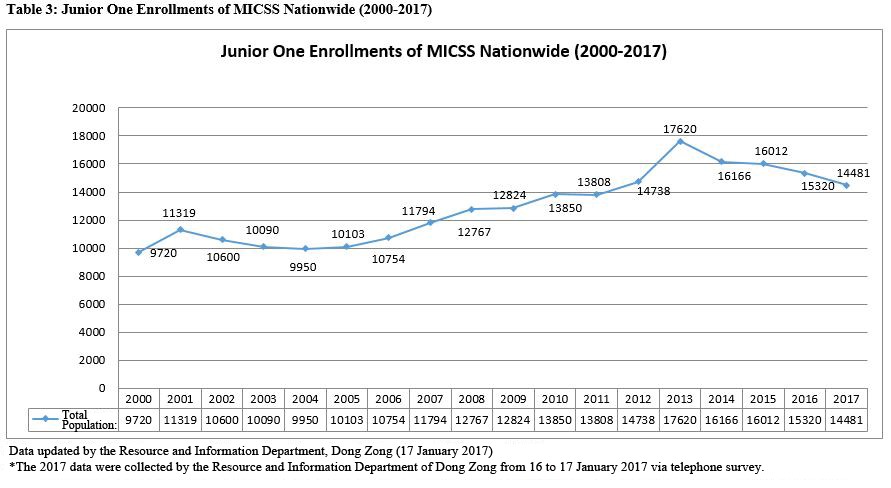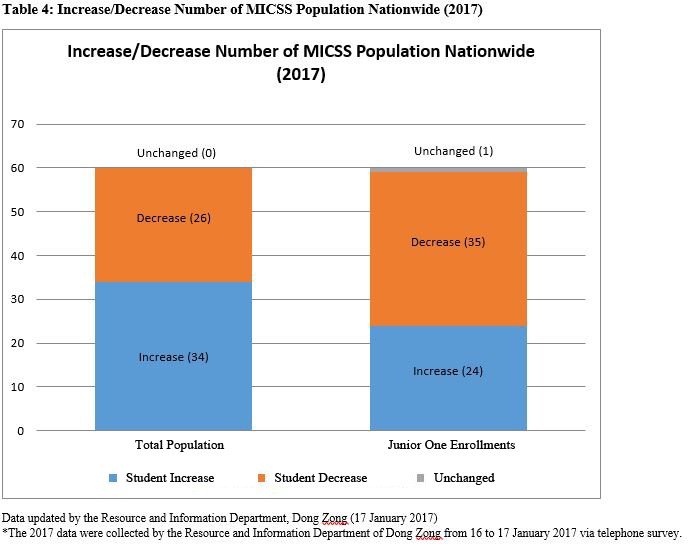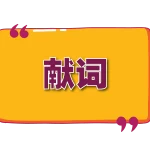
MICSS Curriculum Accords Multiplicity Reality— There is No Excuse for the UEC Recognition Officially
Statement Released by Dong Zong
March 15, 2017
MICSS Curriculum Accords Multiplicity Reality—
There is No Excuse for the UEC Recognition Officially
Apropos what the Minister of Higher Education Idris bin Jusoh had informed in response to the Member of the Parliament for Gerik constituency Hasbullah bin Osman’s question, five reasons are provided as intrinsic basis for the Ministry of Higher Education to reject UEC holders for entry into national universities, Dong Zong herewith responds as follows:
1. Dong Zong reiterates, the MICSS unified curriculum is formulated and designed attuned to the multiplicity reality of the country as well as the latest international secondary education curriculum standard. The MICSS unified curriculum, including the History subject, observes and adapts the national curriculum as blueprint in the process of formulation. Further, it also fully embodies localisation and pluralism, let alone domestic and world view embedded. The nurture of patriotism is highlighted and competences like morality, intelligence, physical health, teamwork and aesthetics are focused to meet the country’s multiplicity reality.
We wish to remind all relevant parties to look into the matter seriously, viz., to review the national History coursebooks used for several years now in vernacular schools which we thought disarray our country’s multiplicity reality yet side a particular ethnic group and religion in a narrow-minded and unitary historical view. We strongly believe these weaknesses need to be redressed imminently. As such, we insist no compromising amendment on MICSS unified curriculum to be made congruent with the SPM History curriculum standard though it is an additional prerequisite for the UEC recognition.
2. As a matter of fact, Dong Zong delegates had once discussed with the then Education Minister Mahdzir Bin Khalid at the parliament in 2015 and he consented to arrange a three-party talk among the Education Ministry, Ministry of Higher education and Dong Zong for the official recognition of the UEC. Later, follow-up letters were posted to both the Ministry of education and Ministry of Higher Education by Dong Zong yet hitherto no reply is received. We thus urge the government to face up the matter positively and hold the meeting as consented earlier and not to delay time and again by making statement via newspapers or the parliament telekinetically.
3. As clearly stated in the general order issued by the Private Higher Education Institutions Registrar on 19 March 2004, the Ministry of education had decided to allow UEC holders to be admitted for private university but not national universities, including TAR College (upgraded to university college in 2013) and likewise non applicable to the enrollment of national university curriculum run in private universities. Yet on the TAR College official website it is posted that UEC is one of the requirements eligible for application to its Bachelor degree programmes. Unsure and confused, we urge both the Ministry of Higher Education and the TAR College to make immediate confirmation on the matter.
4. We solemnly posit, on the matter of the UEC recognition, the government in a word is not rendering a truth seeking and vigour attitude. Academic aspect is not mooted in the UEC recognition; rather, political spin and tactics are employed and thus the responses were all deviation and reiteration filled with excuses of all sorts for the UEC recognition; worse still, more additional requirements are introduced. In actual fact, the Chinese community is greatly disappointed with the perfunctory replies which carries no sincerity but teasing diversion given by the government.


